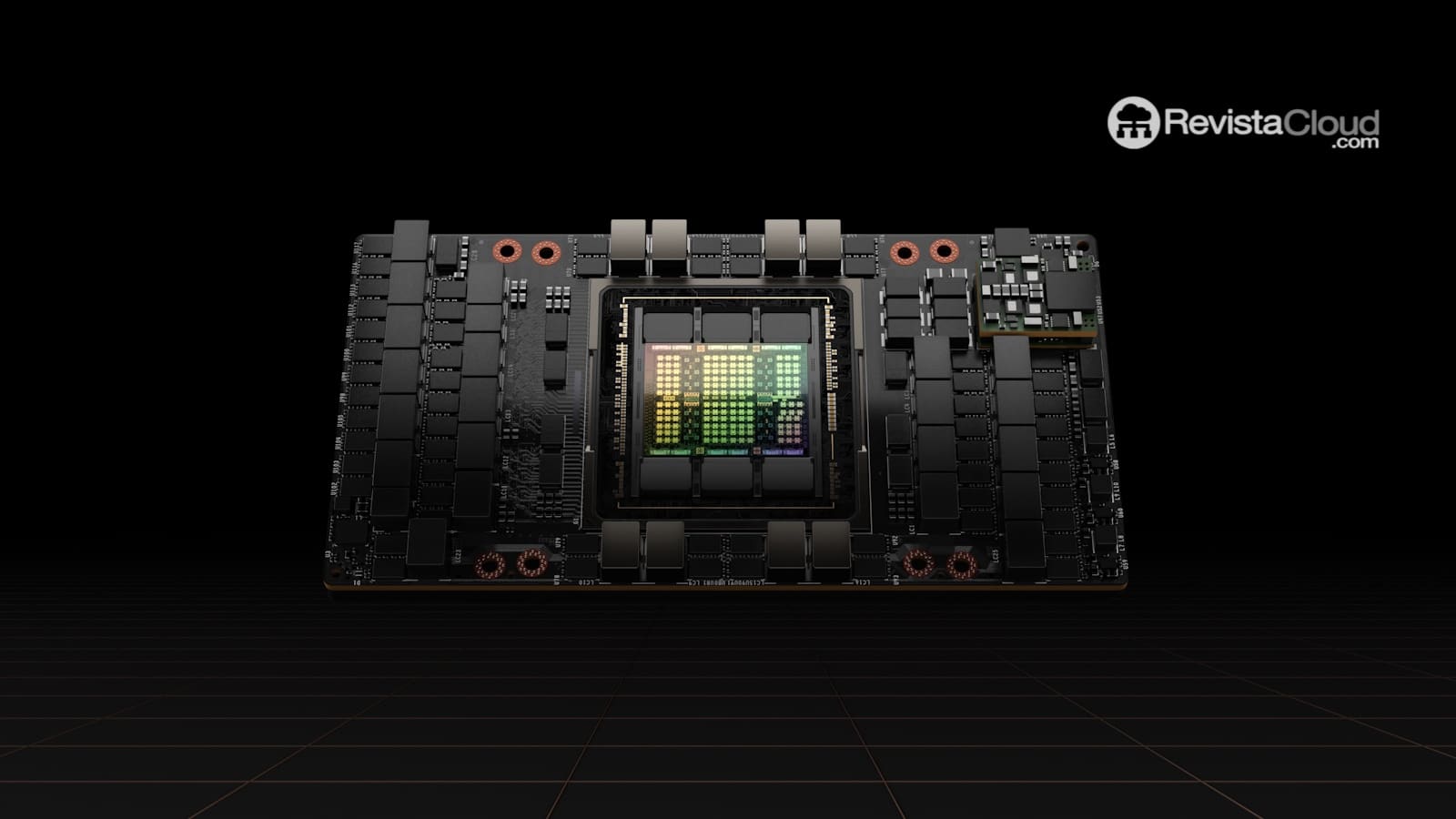Elon Musk has announced that his artificial intelligence startup, xAI, plans to build a massive supercomputer that will feature 100,000 units of graphical processing units (GPUs) Nvidia H100. This project, known as the “computing gigafactory,” aims to accelerate the development of its AI chatbot, Grok.
The supercomputer will utilize 100,000 Nvidia H100 GPUs, making it at least four times larger than the largest existing AI clusters to date. Musk expects the supercomputer to be operational by the fall of 2025 and has mentioned Oracle as a potential partner in this venture.
The gigafactory will be used to train and operate new versions of Grok, with Grok 2.0 currently in the training process using 20,000 GPUs. Additionally, OpenAI and Microsoft have discussed the possibility of creating a ‘Stargate’ cluster that would be even larger than Musk’s proposal.
Importance of the Project
Musk’s initiative highlights the growing need for increased computing power to advance the development of artificial intelligence. Computing power is crucial to unlocking more advanced AI capabilities, and the amount of chips, energy, and money allocated to these clusters is constantly increasing. This trend towards larger-scale supercomputers will be a milestone in the history of technology and artificial intelligence.
Musk’s announcement underscores the fierce competition in the field of artificial intelligence, where tech giants are heavily investing in infrastructure to stay at the forefront. The construction of this supercomputer not only represents a technological leap, but also a significant commitment to the future of AI and its applications in various fields.
The Computing Gigafactory
Elon Musk’s plan to build a “computing gigafactory” with 100,000 Nvidia H100 GPUs is an ambitious project that could revolutionize the development of artificial intelligence. With unprecedented computing power, xAI aims to position itself as a leader in the field, driving innovations that could change the way we interact with technology. The target date of 2025 for the operationalization of the supercomputer poses a considerable challenge, but also opens the door to an exciting future for artificial intelligence.

